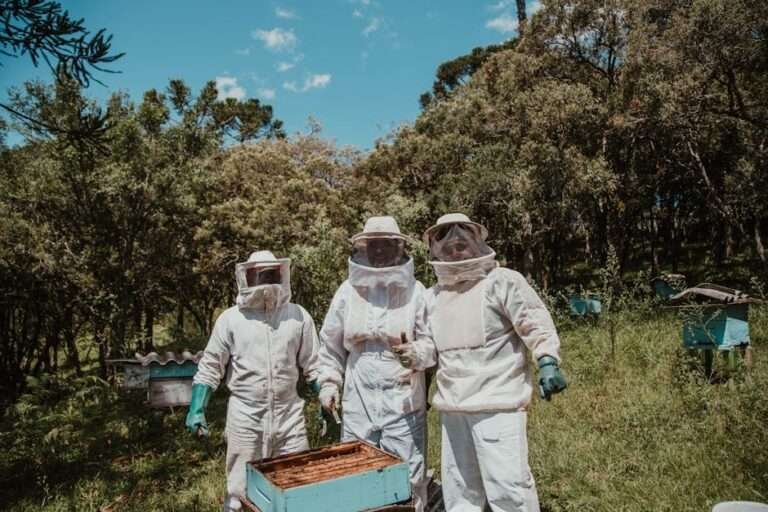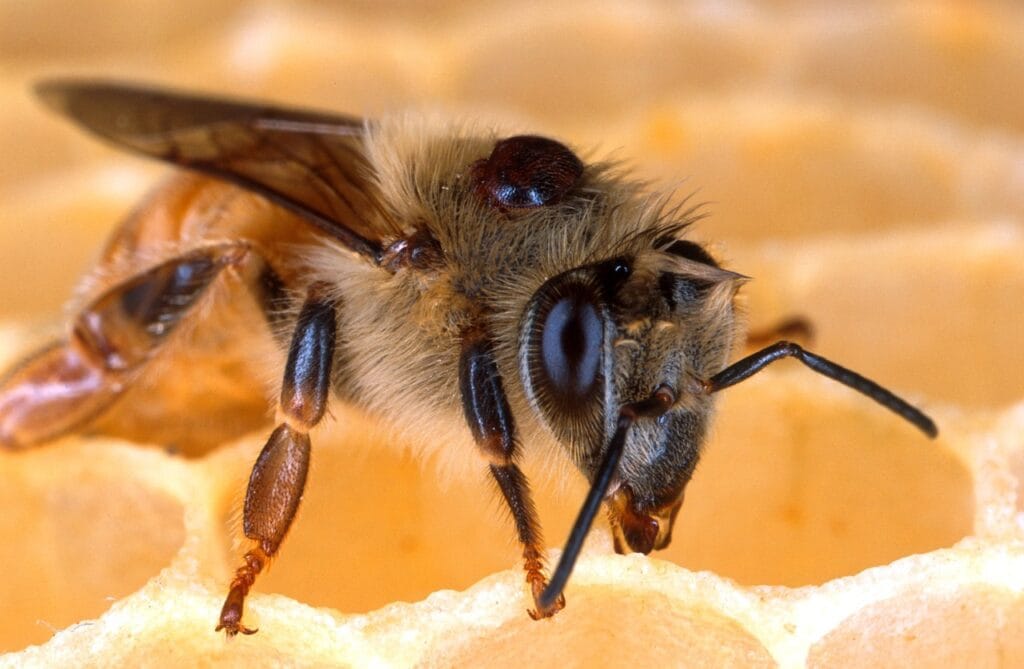Proper management throughout the year is essential for thriving bee colonies. Seasonal tasks are strategically timed to address bees’ changing needs, maximize honey harvests, and minimize risks from pests, disease, and environmental stressors.
Spring: Kickstarting Growth and Preventing Losses
- Early inspections help detect weak or queenless hives, allowing prompt intervention to prevent colony failure.
- Providing supplemental feed prevents starvation when floral resources are scarce but brood rearing accelerates, ensuring strong adult generations.
- Adding hive boxes reduces overcrowding, supporting expansion and lowering the risk of swarming, which would otherwise diminish productivity.
- Early pest and disease monitoring stops minor issues from evolving into debilitating outbreaks.
Summer: Sustaining Productivity and Preventing Swarming
- Frequent inspections and adding supers give bees space to store honey and expand, maximizing the honey crop.
- Swarm control retains population strength, ensuring continued foraging and high productivity.
- Water provision and ventilation prevent heat stress, supporting both bee health and efficient honey ripening.
- Ongoing mite management keeps parasites in check, reducing disease transmission and colony decline.
Fall: Prepping for Winter Survival
- Final honey harvest removes excess supers and consolidates the hive, keeping the bees focused on protecting and maintaining brood and stores.
- Ensuring adequate winter stores prevents starvation during the dormant season, which is vital for survival until spring.
- Fall mite treatments protect the vital winter bee generation from infestation and related disease.
Winter: Preserving Strength and Resources
- Minimal disturbance allows bees to cluster and maintain warmth, reducing stress and conserving energy.
- Entrance checks prevent suffocation and moisture issues, common causes of winter losses.
- Providing emergency food ensures colonies do not starve during prolonged cold spells or if fall stores were insufficient.
- Proper insulation and ventilation keep bees warm and healthy without fostering mold or excess moisture.
In essence: Each season’s tasks are designed to preempt anticipated stresses—ensuring bees have what they need for growth, reproduction, and overwintering, while minimizing threats. This ongoing, adaptive management is what keeps hives strong, healthy, and highly productive year after year.



